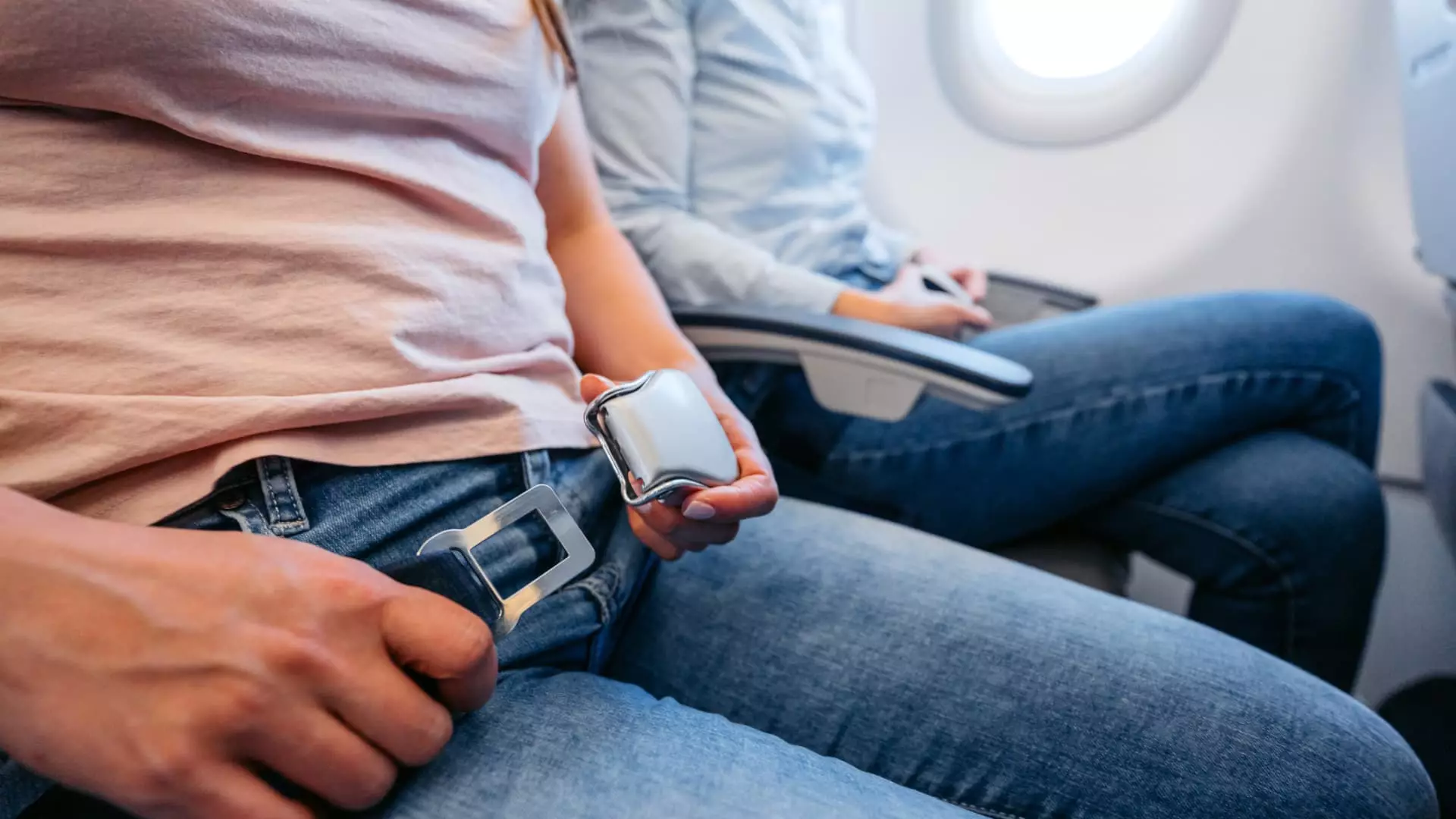As we turn the calendar page toward another year, the aviation industry finds itself still grappling with profound challenges. Delivery delays from Boeing, coupled with ongoing supply chain disruption, have cast a long shadow over airlines, extending concerns into 2025. A significant event that underscored Boeing’s operational shortcomings was the incident involving Alaska Airlines, where a door panel detached from a Boeing 737 Max 9. This incident reignited scrutiny regarding Boeing’s quality and safety protocols, shaking confidence in the manufacturer that has long been a behemoth in the aerospace sector.
Since the incident, Boeing has announced a series of measures aimed at restoring its credibility. These include enhanced employee training, rigorous inspections of their aircraft, and improvements to their internal reporting systems. However, is it enough to mend the damage inflicted on Boeing’s reputation? Industry experts suggest that while Boeing is implementing changes, those changes may not be comprehensive or effective enough. Critics are calling for vast structural changes, doubting whether the leadership under the new CEO can adequately navigate the depths of the existing problems.
The implications of Boeing’s delivery issues extend profoundly into the operations of various airlines. Companies like Southwest, Ryanair, and Wizz Air are faced with the necessity of investing in the renovation of aircraft they had initially planned to phase out. As identified by Mike Boyd, president of Boyd Group International, the current landscape is one fraught with unexpected expenditures. For airlines, the absence of new aircraft deliveries has become a substantial hurdle that many were unprepared to face.
Boyd’s foresight reveals a concerning reality: Airlines will need to brace themselves for another tumultuous year ahead, with indications that Boeing might lose significant market share to its rival, Airbus. As pressure mounts, there are real fears that Boeing could shift from being a primary player in aviation to a mere alternative in the eyes of global carriers. The consequences of this could ripple through the entire industry, affecting everything from ticket prices to passenger confidence in air travel.
Boeing’s situation is exacerbated by its persistent financial challenges. The company has not reported an annual profit since 2018, indicating a stark deviation from the profitability needed to sustain operations effectively. Recent labor disputes culminating in a major machinists’ strike—resulting in a significant wage increase—expose the fragility of Boeing’s labor relations while emphasizing the larger systemic issues at play.
While Boeing claims to be focusing on stabilizing its business and implementing a comprehensive “Safety and Quality Plan,” analysts remain skeptical. The introduction of new leadership and potential collaborations, such as the acquisition of Spirit AeroSystems, may not yield immediate results. Furthermore, overt regulatory scrutiny means that any turn-around effort will take time to materialize effectively. As John Grant, chief analyst at OAG, aptly noted, observable improvements at Boeing may stretch beyond 2025.
It is essential to recognize that Boeing’s issues are not isolated; they reflect broader complications plaguing the aviation industry ecosystem. Analysts like Brendan Sobie suggest that spare part shortages and maintenance challenges are prevalent across various manufacturers and service providers, ultimately affecting airlines’ operational reliability. The engine makers, notably Pratt & Whitney and Rolls-Royce, are contributing significantly to the distress, with many airlines experiencing groundings due to engine shortages.
Adding to the malaise, reduced fleet availability could impact fare structures. As Boyd pointed out, airlines like Hawaiian and Spirit have been forced to take aircraft out of service. This scarcity of available aircraft is likely to lead to a tighter market, potentially driving airfares upwards. While there may be fewer options for bargain fares in 2025, the ongoing capacity challenges signify a profoundly challenging landscape for consumers, especially given the industry’s post-pandemic recovery dynamics.
Despite the grim outlook painted by experts, not all is lost. Some commentators suggest that there are signs that issues in manufacturing—especially with engines—may stabilize sooner rather than later. Nevertheless, the aviation sector is on the cusp of several years of complications as the landscape evolves. With airfares normalizing at levels above what was seen prior to COVID-19, combined with systemic supply chain hiccups, the industry is in for a protracted period of adjustment.
As the curtain is lifted on 2025, the aviation industry will need to align its strategies with both operational realities and consumer expectations to weather what is likely to be a challenging period ahead. The realization of that potential for recovery will depend not just on one company, but on the entire ecosystem of manufacturers, airlines, and regulators working cohesively to navigate these adversities.


Leave a Reply